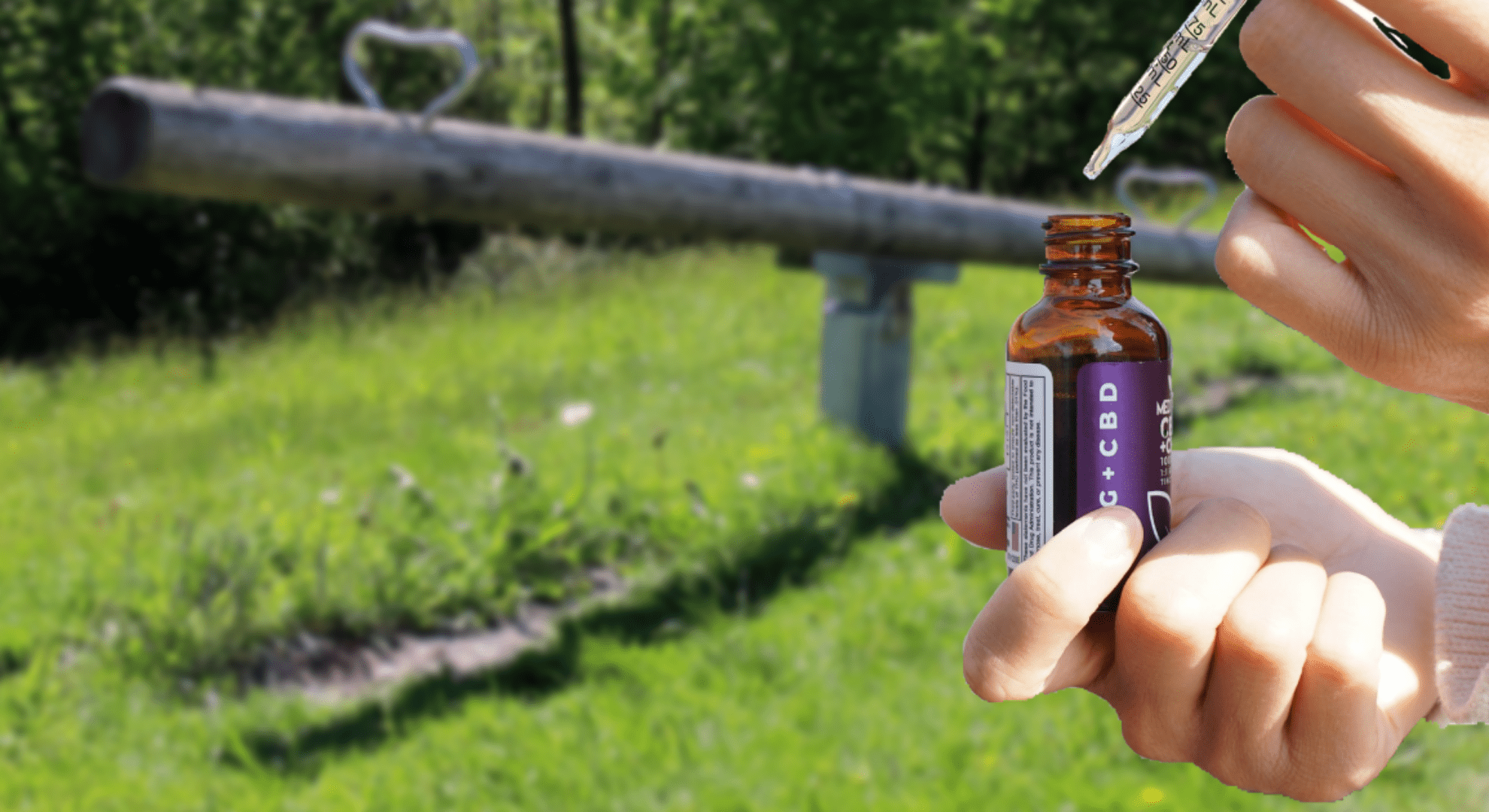
Are the side effects of cannabis through homeostasis and the ECS mild? Greenouts, CHS
The bias in cannabis science has a problem, the endocannabinoid system (ECS) induces homeostasis. This means that the system to which cannabis responds gives balance and harmony to many other systems in the body. But for this, cannabinoids often have to play off several functions against each other. Otherwise, most of the side effects of cannabis are offset by a positive benefit that makes it easy to pick out good or bad data.
A negative feedback loop occurs when an effect blocks function and a homeostatic system requires it. With appetite and energy, the CB1 receptor releases ghrelin, which causes hunger. However, when you eat, another hormone called leptin is released that competes with the endocannabinoid system (ECS).
Cancer and requires the full spectrum
However, ECS therapy is sometimes best achieved by the entire cannabis plant. This is because the ECS comprises a system of receptors and signaling molecules, each of which is uniquely influenced by a variety of substances in the plant. Synergistic effects of terpenes like caryophyllene and cannabinoids like CBG help, for example, to maintain homeostasis. However, the perfect range of ingredients to induce homeostasis through the ECS usually depends on the person, the outcome desired, and many factors that science has yet to figure out.
Cancer is an example where homeostasis is critical during recovery and the full spectrum of cannabis can be used. That is, different varieties (strains) offer different effects. For example, a strain high in THC will help turn off a switch that cancer (non-hormonal) relies on, while a CBD: THC blend will instead support the growth of healthy tissue.
Self-moderating tolerance
The cannabinoid receptors also keep themselves in check. An excess of THC can still cause excessive activity on the CB1 receptor, even though it is only a partial agonist. To compensate for overactivity, the CB1 receptors are temporarily switched off and the CB2 receptors are converted for further maintenance.
Inflammation as needed by the ECS
As it turns out, CBD can help protect against desensitization of the CB1 receptor by acting on the signaling protein beta-arrestin. While alcohol destroys certain receptors and this damage can be long-lasting, if not permanent.
Homeostasis is sometimes maintained as needed, which is a complex facet of endocannabinoid therapy. Most often, anti-inflammatory properties are characteristic of the plant. This is so well documented that it could be confusing to explain how the ECS can cause inflammation if necessary. However, endocannabinoids are broken down into inflammatory metabolites that the body uses in emergencies such as a broken bone.
Blood pressure side effects and cannabis greenouts
However, blood pressure is one mechanism that an overloaded endocannabinoid system cannot keep in a homeostatic state. Because of this, hypotension is considered to be one of the few side effects of cannabis, the main cause of green outs. However, this concern is more problematic for smaller cannabinoids, along with drug interactions that have not yet been documented in Phase I clinical trials. And yet, well-conducted studies face the burden of bias in the cannabis field, according to a study by the Consortium for Medical Marijuana Clinical Outcomes Research.
So it seems that cannabis and endocannabinoid therapy maintain physiological balance more efficiently than humans can scientifically document.
Show your work
- CB1 is biphasic with early ERK 1/2 inhibition via beta arrestin and activation in the late stage via the adenylate cyclase pathway.
- Chronic exposure to THC leads to a desensitization of the CB1 receptor. But THC also interacts with b-arrestin, a signaling protein that can limit the desensitization of receptors. CBD, and possibly limonene, have the potential to lower the need for tolerance breaks over b-arrestin.
- CB2R and GPR55 crosstalk negatively.
- The neuromorphology after chronic cannabis use includes new CB2 receptors on microglial cells.
- Memory and focus: CB1 agonists and linalool inhibit acetylcholine, while pinene acts as an acetylcholinesterase inhibitor.
sources
- Nguyen, PT, Schmid, CL, Raehal, KM, Selley, DE, Bohn, LM & Sim-Selley, LJ (2012). β-Arrestin2 regulates the signal transmission and adaptation of the cannabinoid CB1 receptor depending on the region of the central nervous system. Biological Psychiatry, 71 (8), 714-724. https://doi.org/10.1016/j.biopsych.2011.11.027

Post a comment: